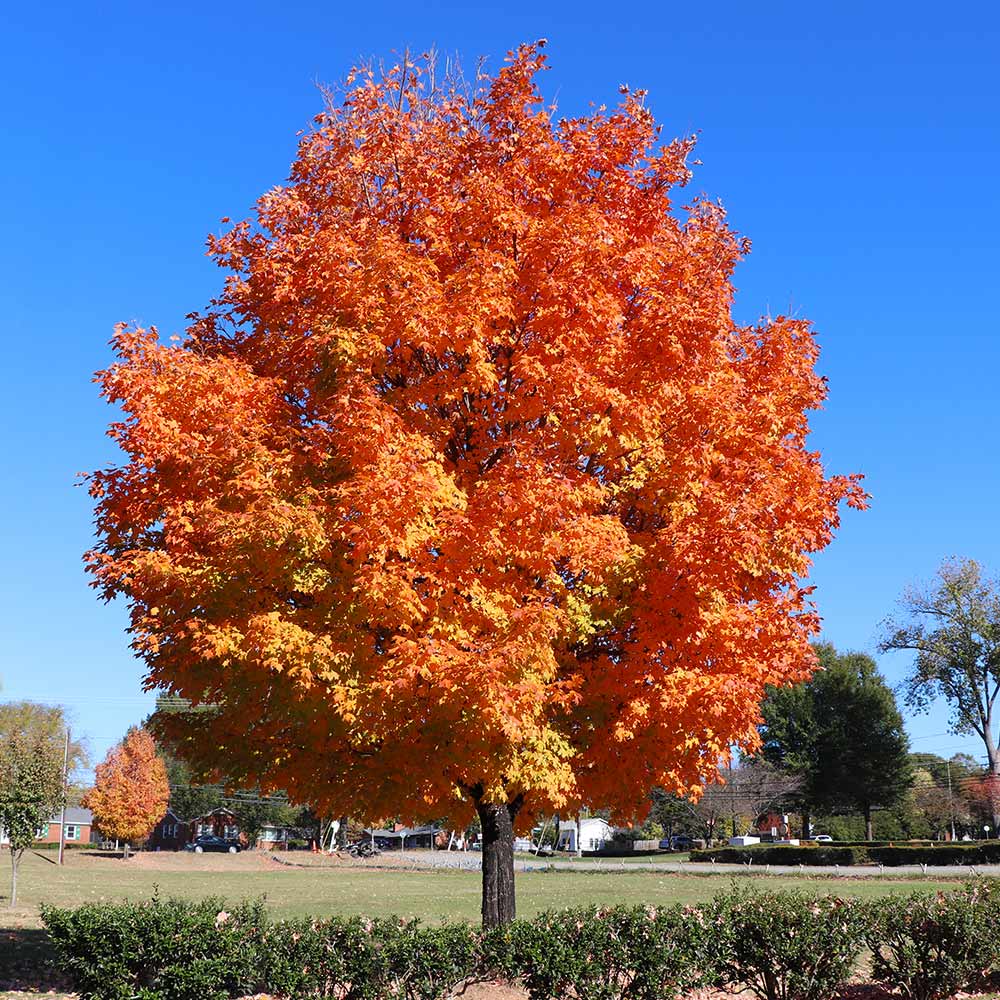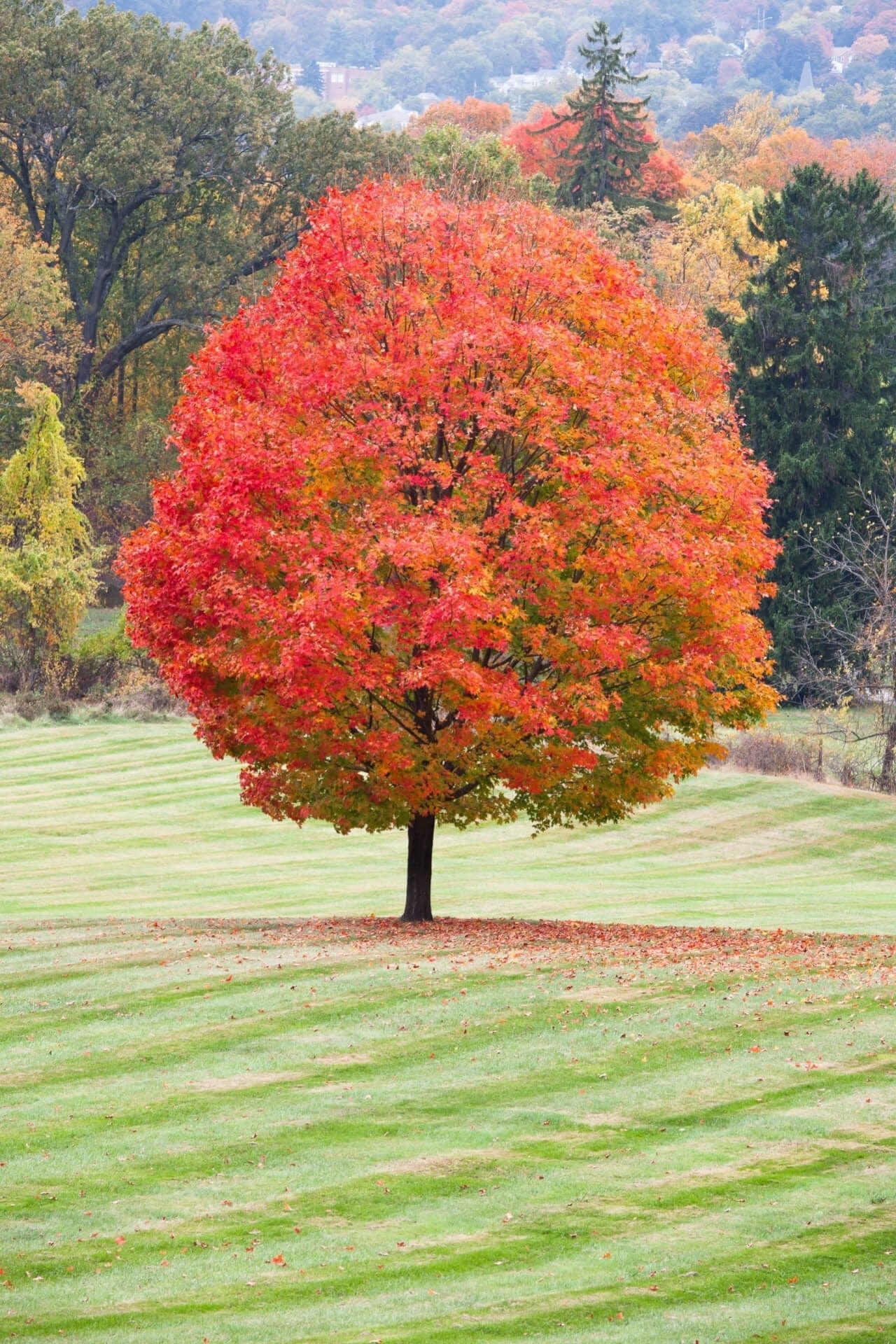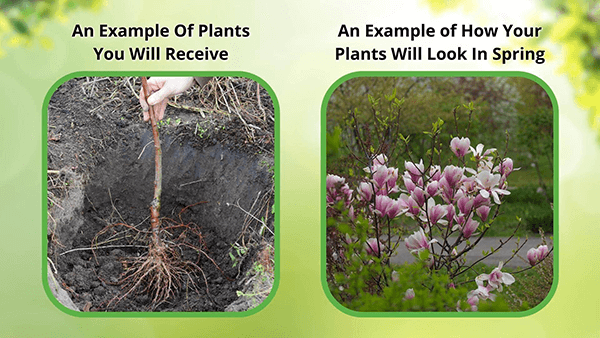Sugar Maple Tree
Couldn't load pickup availability
We do not ship this plant to the following states:
NJ. OH. WI.Ships 10-12 Days
Over 25 Feet
Full Sun
3-8
Shade
Bare-root
NJ. OH. WI.
Acer saccharum - Sugar Maple Tree
The Sugar Maple Tree is a stunning deciduous tree native to North America. It is highly sought after for its beautiful Fall (End of October) foliage and its ability to produce delicious maple syrup. This article will provide all the information you need about this iconic tree.
Characteristics Of Sugar Maple Tree
It is a large tree that can reach 100 feet tall and has a trunk diameter of up to three feet. Its leaves are green in the summer and turn brilliant shades of yellow, orange, and red in the Fall (End of October). The tree has a rounded, symmetrical shape and a dense canopy of leaves that provides ample shade. It is a slow-growing tree that can take up to 30 years to reach maturity.
Uses
One of This Tree's Most Common Uses is Producing Maple Syrup
The tree's sap is collected and boiled to make a delicious syrup used in cooking and baking. Maple is also a valuable source of lumber for furniture, flooring, and cabinetry. The tree's leaves and bark have also been used in traditional medicine.
Planting and Care
To plant a tree in your yard, choosing a spot with well-drained dirt and full sun to partial shade is essential. The tree is relatively low-maintenance and doesn't require a lot of pruning, but it should be watered regularly in the first few years after planting to help it establish its roots. The tree is generally hardy and can withstand cold winters and hot summers.
Benefits
The Sugar Maple Tree is a beautiful and valuable addition to any landscape. Its stunning Fall (End of October) foliage, delicious maple syrup, and versatile lumber make it a desirable tree. With proper planting and care, the tree can thrive for decades, providing shade, beauty, and utility to your property. Thank you for considering the tree for your landscaping needs.
This Is How Your Plants Will Look upon Delivery
Bloom/Foliage Color
Green
Shipping date depends on the date displayed and chosen when you order from the product's page.
We do not offer warranties on products after 5 days past receiving your plants.




